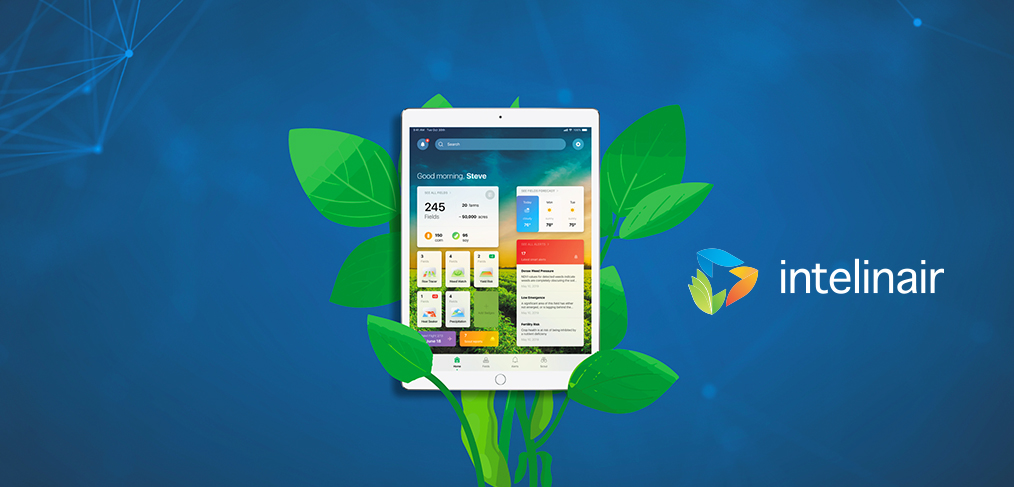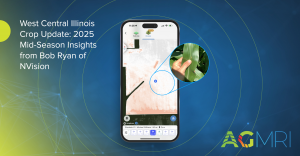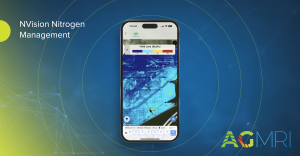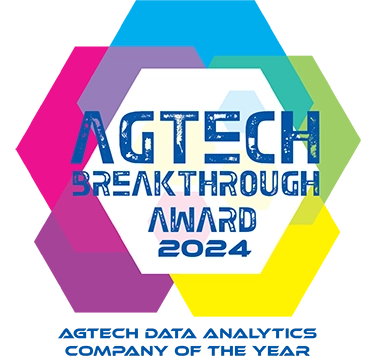
When I graduated college with a Philosophy and Spanish degree during the height of the coronavirus pandemic, learning and writing about agriculture was the farthest thing from my mind. However, one thing led to another, and I found myself applying for a technical writing internship at an agtech company called Intelinair. I had no idea how much I would come to love both agriculture itself and the company I had just begun to work for.
As far as I knew before interning at Intelinair, farming technology included nothing more than tractors, combines, and crop protection chemicals. However, as I quickly learned, agriculture is a field that requires constantly processing enormous amounts of information and making time-sensitive, often make-or-break decisions on what to do with that information. My first assignment was writing a case study on drainage issues and how AGMRI, the company’s flagship AI-driven platform, could give farmers the information to solve them. The actual solutions for such problems, ditching and tiling, are simple enough, but their effective implementation is a long, complicated, and risk-ridden process I could never have imagined. It was no wonder an AI-driven system was needed to help make the correct call. Throughout that project, I met with both agronomists and AGMRI technicians who helped me learn a wealth of new information I had never even remotely considered before. And it was a ton of fun! The agricultural industry is anything but uninteresting.
Then came the time to write. Half a dozen drafts and many hours with our graphic designer later, I had published my first case study for the company. This was where I realized exactly how much I loved what I was doing here. I had taken a real-life story about a real-life farmer and told his tale so it could be an inspiration for other farmers struggling with similar issues in their own fields. I was not merely helping sell a service, I was directly contributing to building trust between the most essential workers on the planet and a new high-tech ag company that uses data analytics to help optimize their yields and operations. It was the most fulfilling work I had ever done.
I continued to intern at Intelinair for three months before being offered a full-time position as a technical writer in October, which I excitedly accepted. Since that first case study, I’ve written on a wide array of subjects in several new formats, and the excitement of learning and telling farmers’ stories has not faded in the slightest. I have learned so much about agriculture and our technology’s hand in improving it, but there is always more to discover. I have some big projects in the pipeline I can hardly wait to see to completion, and I hope I can continue to connect farmers with Intelinair’s AGMRI technology for the foreseeable future.
About IntelinAir, Inc.
IntelinAir, Inc., the automated crop intelligence company, leverages AI and machine learning to model crop performance and identify problems enabling commercial growers to make improved decisions. The company’s flagship product, AGMRI® aggregates and analyzes data including high resolution aerial, satellite, and drone imagery, equipment, weather, scouting, and more to deliver actionable Smart Alerts on specific problems in areas of fields as push notifications to farmers’ smartphones. The proactive alerts on operational issues allow farmers to intervene, rescue yield, capture learnings for the next season, and identify conservation opportunities for sustainable farming. Annually IntelinAir analyzes millions of acres of farmland, helping growers make thousands of decisions for improved operations and profitability. For more information, follow IntelinAir on LinkedIn, Facebook, Twitter, and Instagram and visit https://www.intelinair.com/.
®Trademark of IntelinAir, Inc.
#AgMRI #Intelinair #RowTracer #WeedWatch #HeatSeeker #TrendZone #YieldRisK #HelpingFarmersProsper #TransformingGlobalAg
Writing Bridges: Building Trust through Tech Writing with Intelinair – Austin Nachbur















